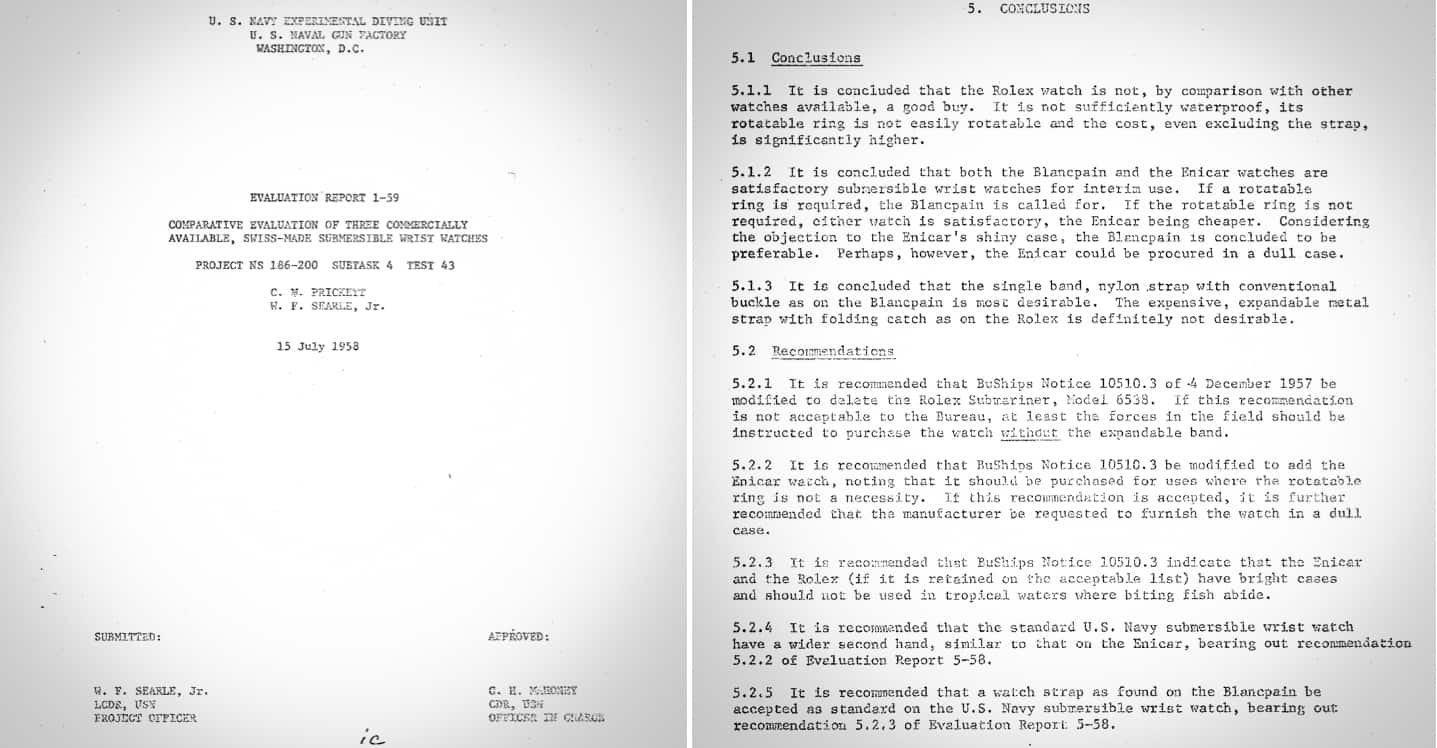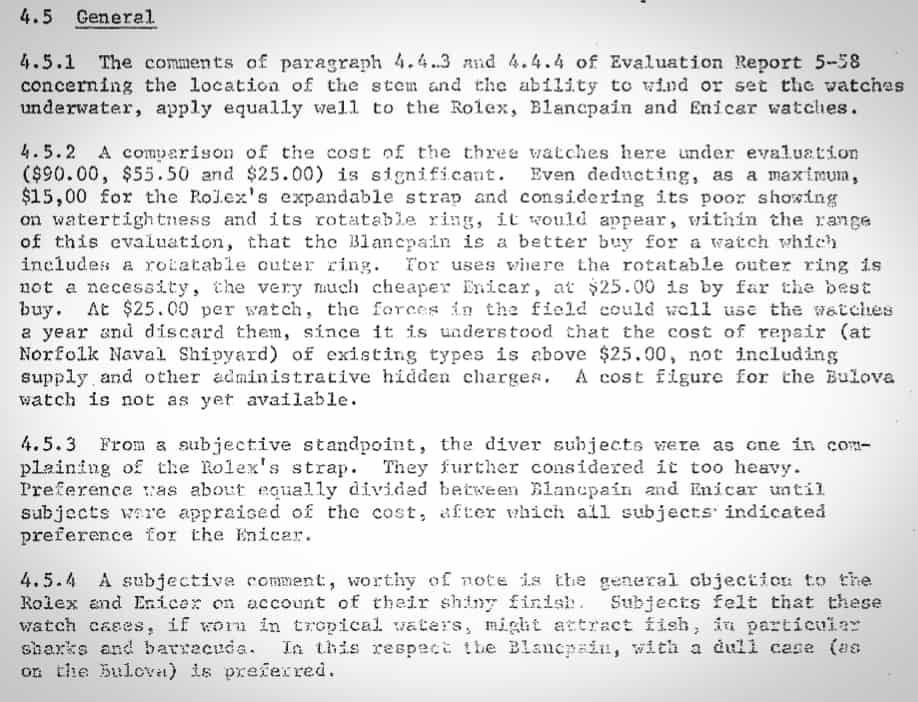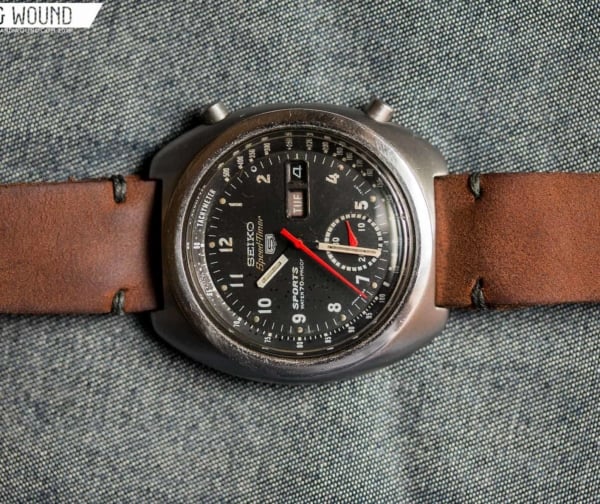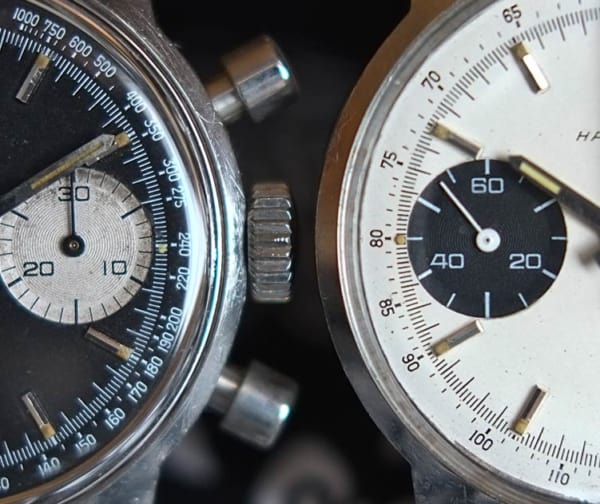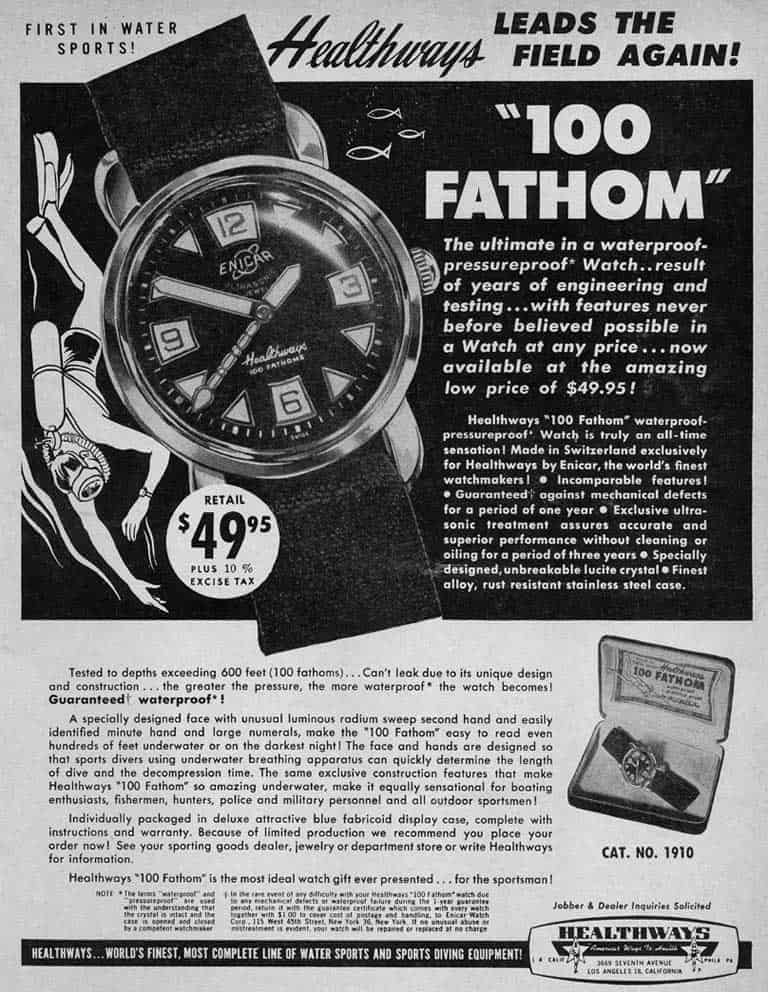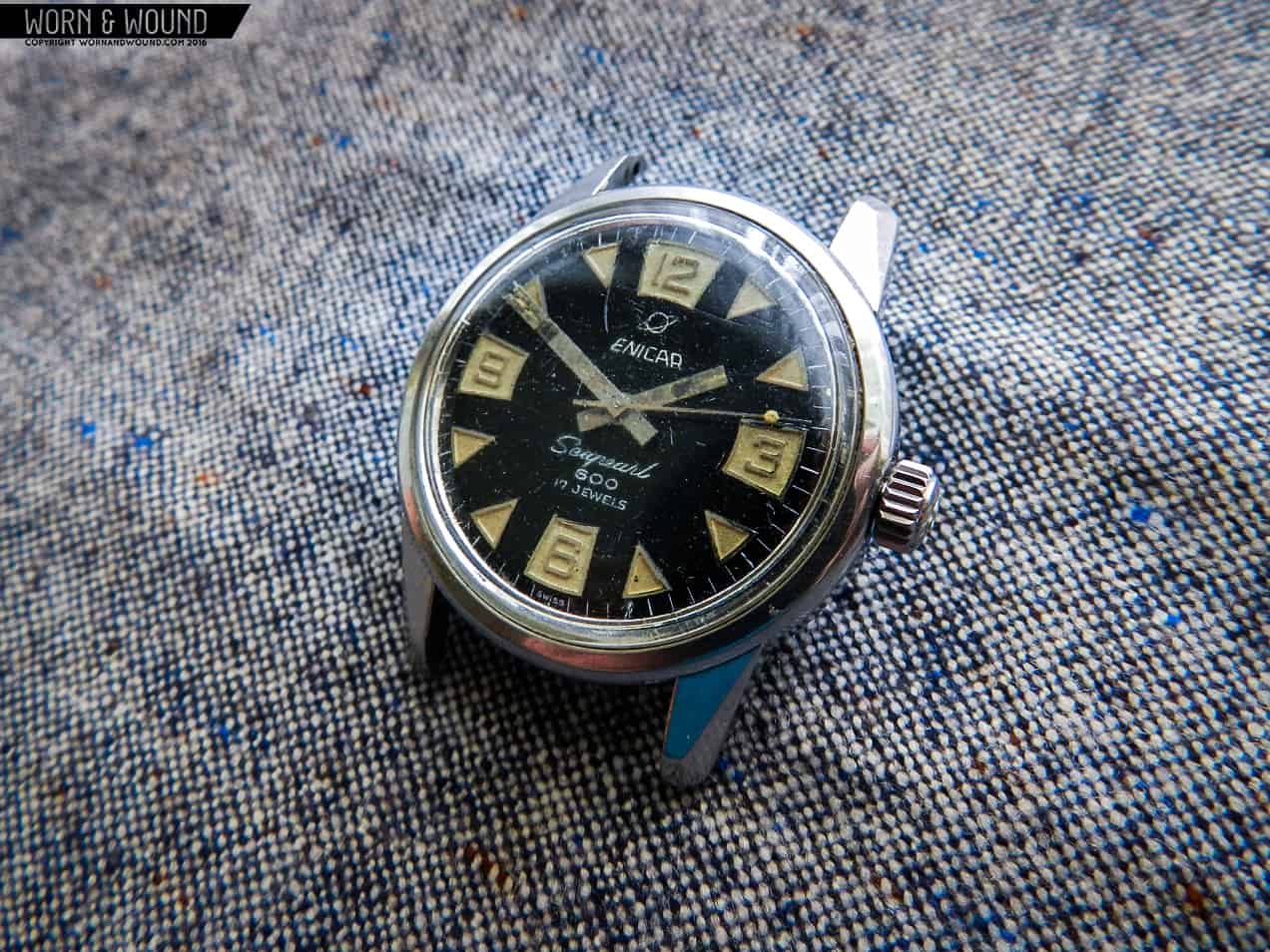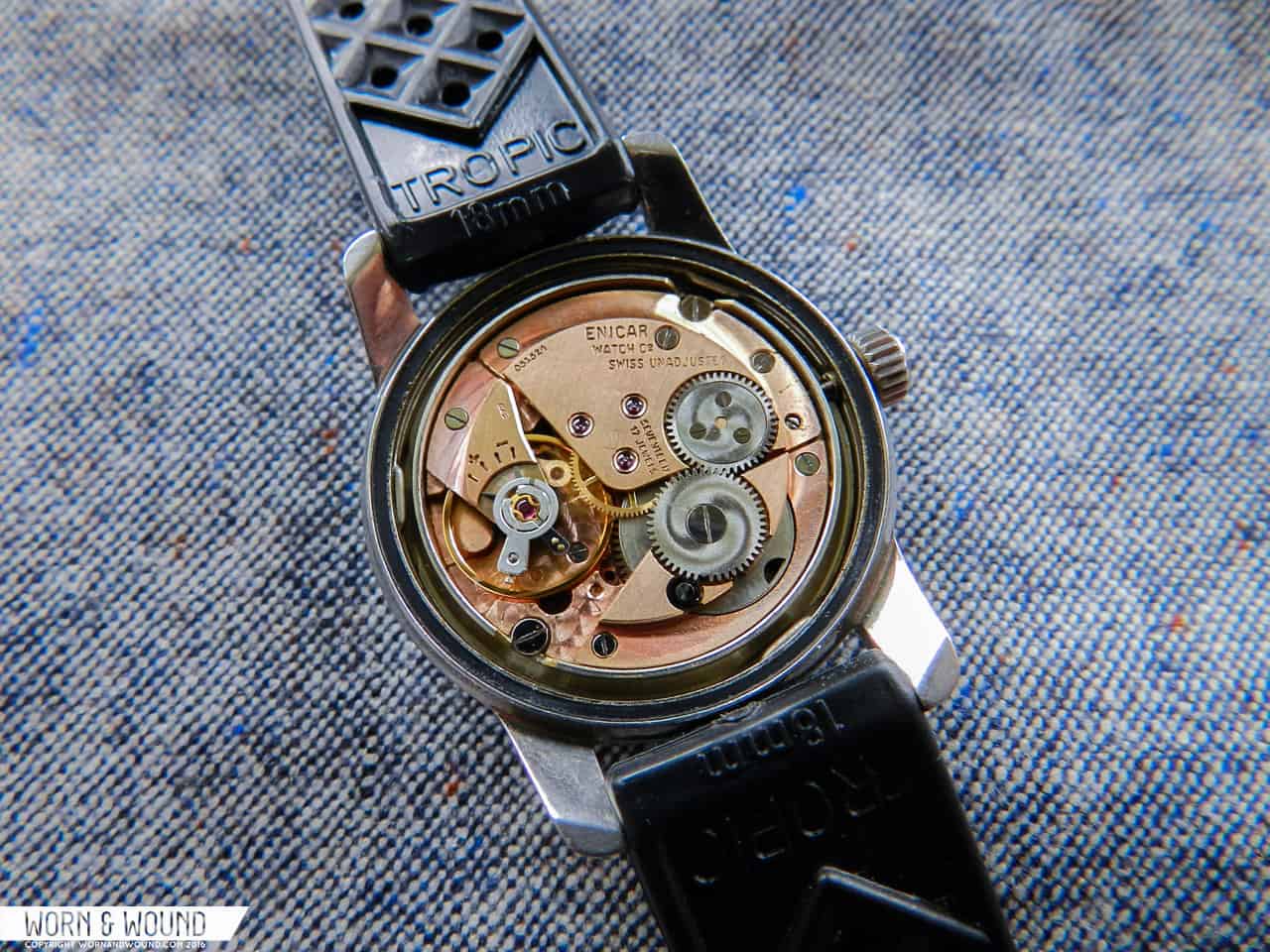Most seasoned watch collectors are well versed in the connection between famous explorers and their watches. Companies like Rolex, Omega, and Jaeger-LeCoultre are just some of the well known brands to send their watches on great expeditions and then cash in on the resulting popularity with advertising. If you read our article on the Croton Nivada Grenchen Antarctic, you’ll know that it wasn’t just the bigger players taking part in this; smaller brands were also taking advantage of this marketing opportunity. One of the lesser known Swiss brands to do so was Enicar.
In May of 1956, Enicar provided Seapearl watches to the Albert Eggler-led Swiss expedition to climb Mt. Lhotse and Mt. Everest in the Himalayas. It is generally believed that the manual wind Seapearl 600 was the watch used, mainly because of advertisements showing that model and calling it the “Everest watch.” However, Eggler states in his book detailing the expedition that they actually used automatic Enicars, so there is speculation that they may have been supplied a different Seapearl model with an automatic movement. Regardless, Enicar used the connection in advertising campaigns to great advantage, adding the name “Sherpa” to the Seapearl and over 100 other models over the years.
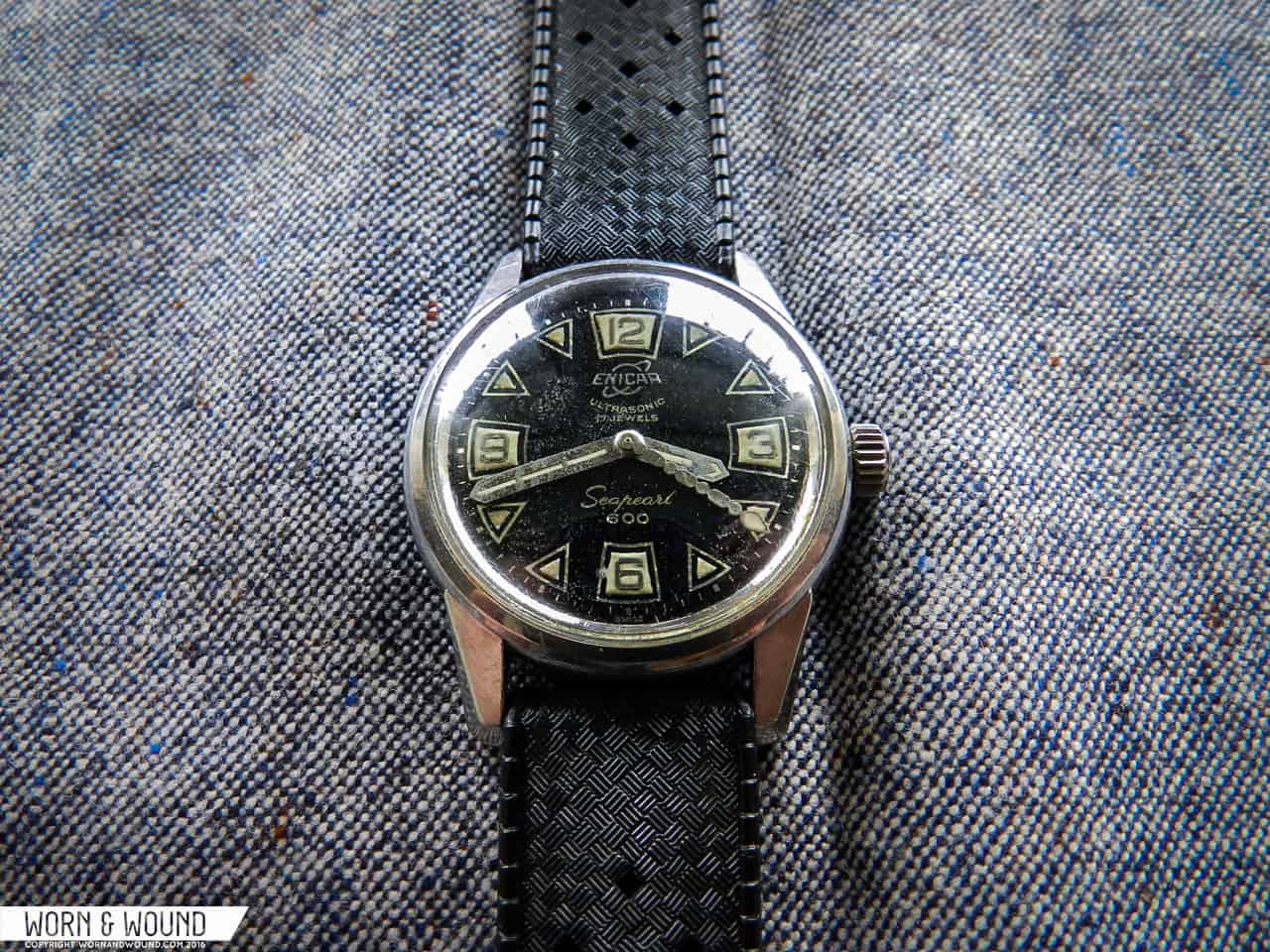 Now, as cool as the possible Eggler expedition connection is, the Seapearl 600 has an even more interesting historical tie that is not up for debate. In 1958, Bulova was developing a submersible diver’s watch for the US Navy’s Experimental Diving Unit (EDU). While the Bulova was under development, the Navy was performing official testing on the Rolex Submariner 6538 and Blancpain Fifty Fathoms Milspec 1 divers. As it turns out, the Enicar Seapearl 600 was popular with Navy divers at the time and many were in (non-issued) use by divers, so the Navy included the Seapearl 600 in the tests as well.
Now, as cool as the possible Eggler expedition connection is, the Seapearl 600 has an even more interesting historical tie that is not up for debate. In 1958, Bulova was developing a submersible diver’s watch for the US Navy’s Experimental Diving Unit (EDU). While the Bulova was under development, the Navy was performing official testing on the Rolex Submariner 6538 and Blancpain Fifty Fathoms Milspec 1 divers. As it turns out, the Enicar Seapearl 600 was popular with Navy divers at the time and many were in (non-issued) use by divers, so the Navy included the Seapearl 600 in the tests as well.









 Featured Videos
Featured Videos





